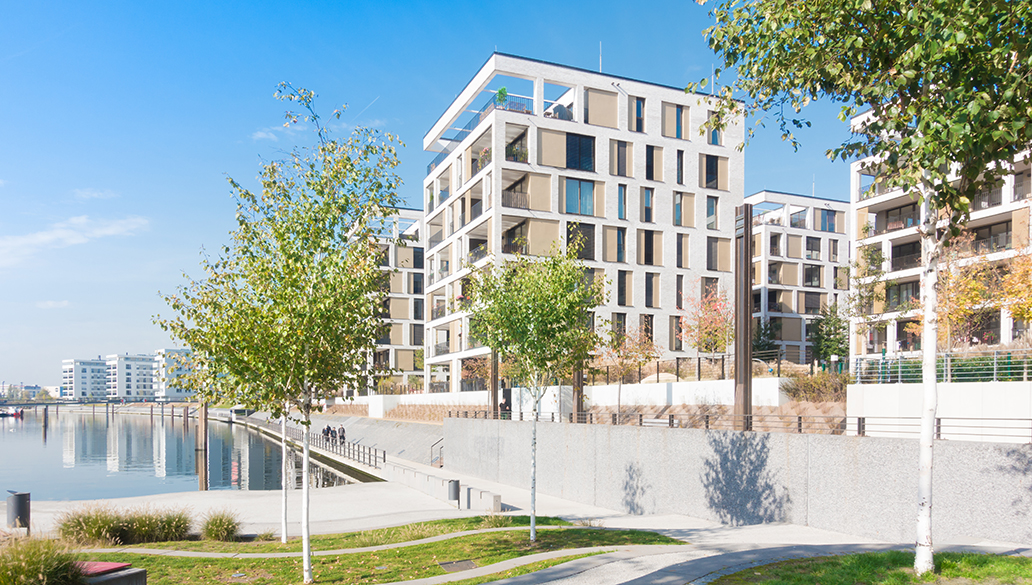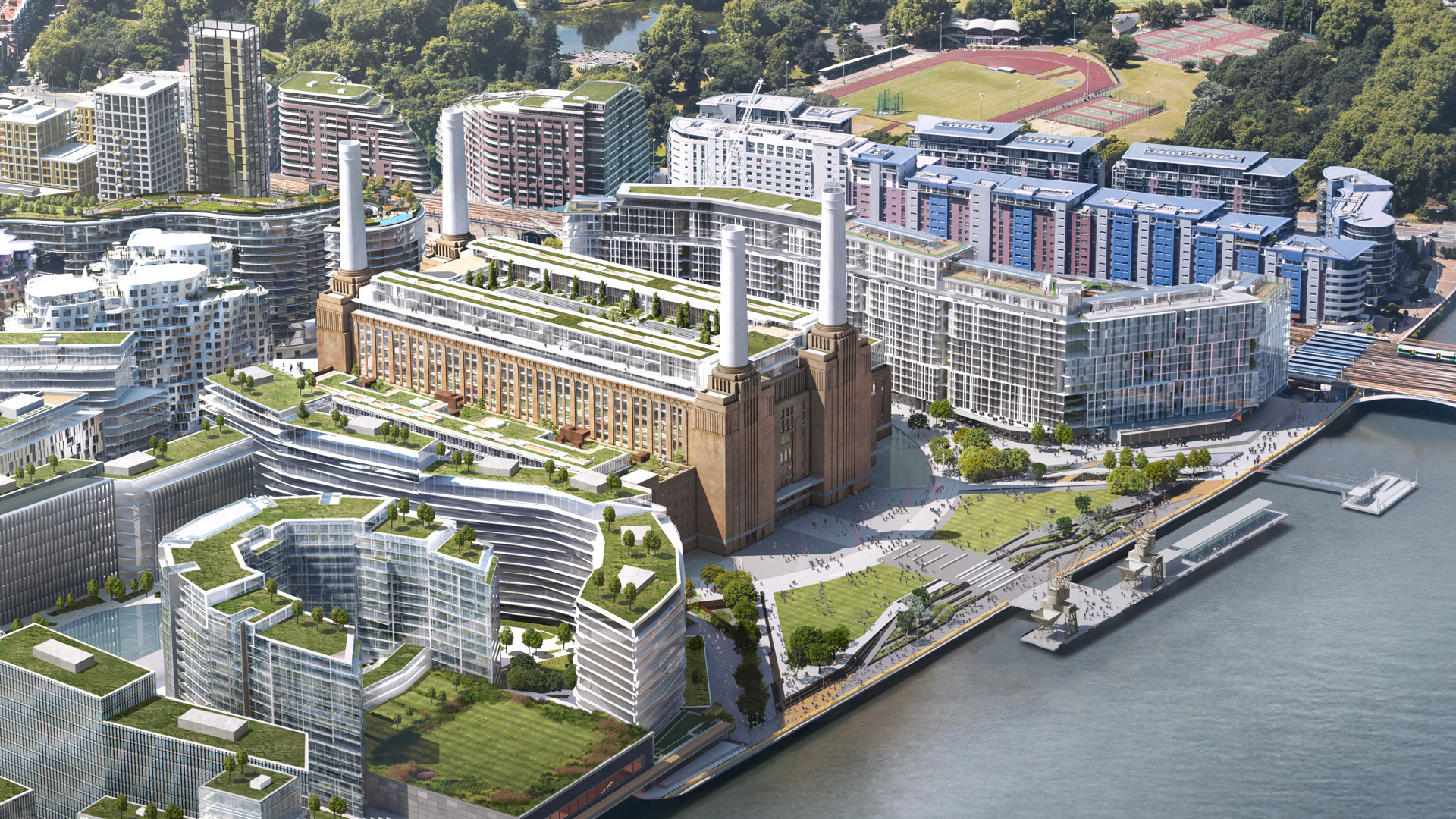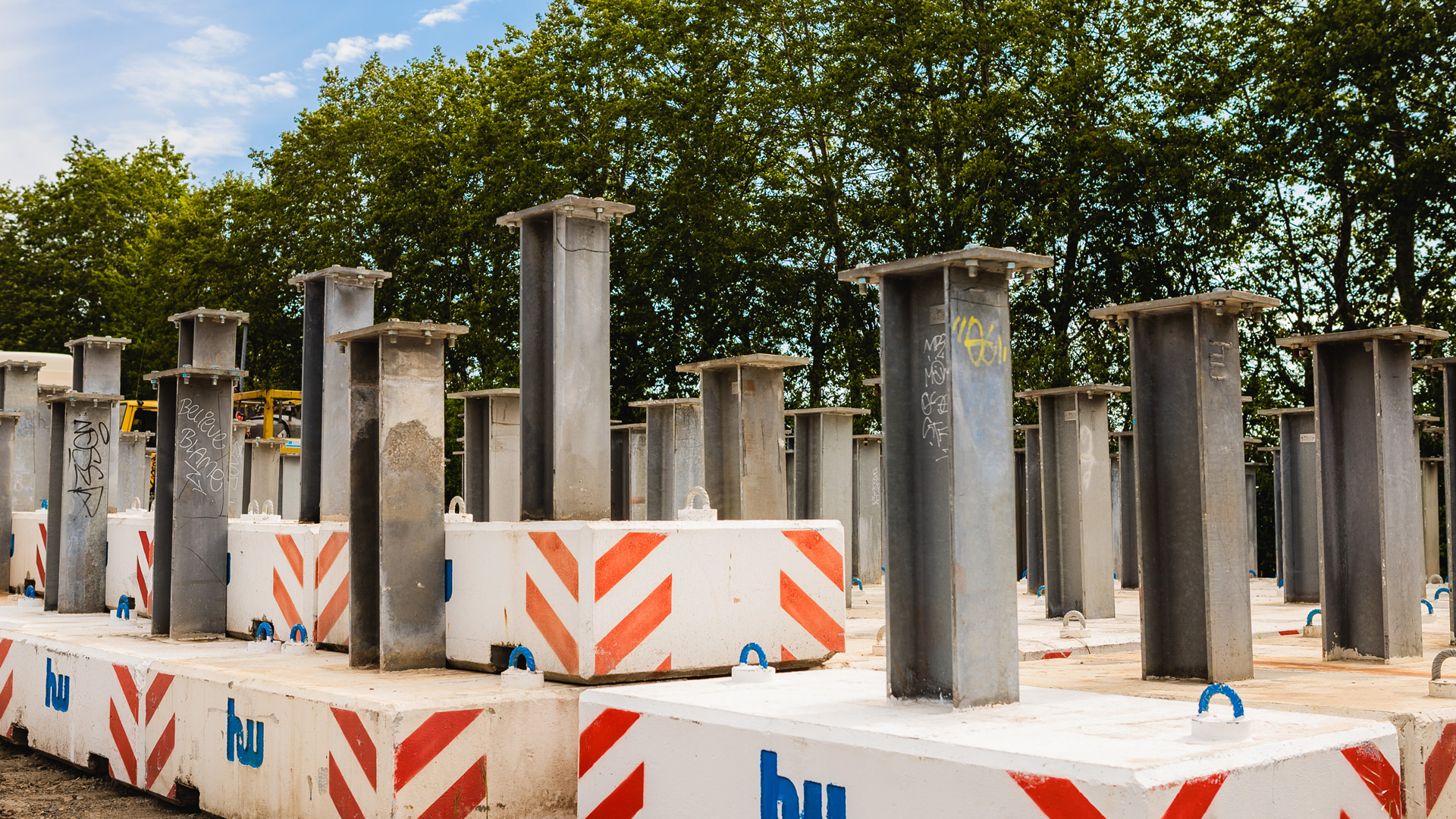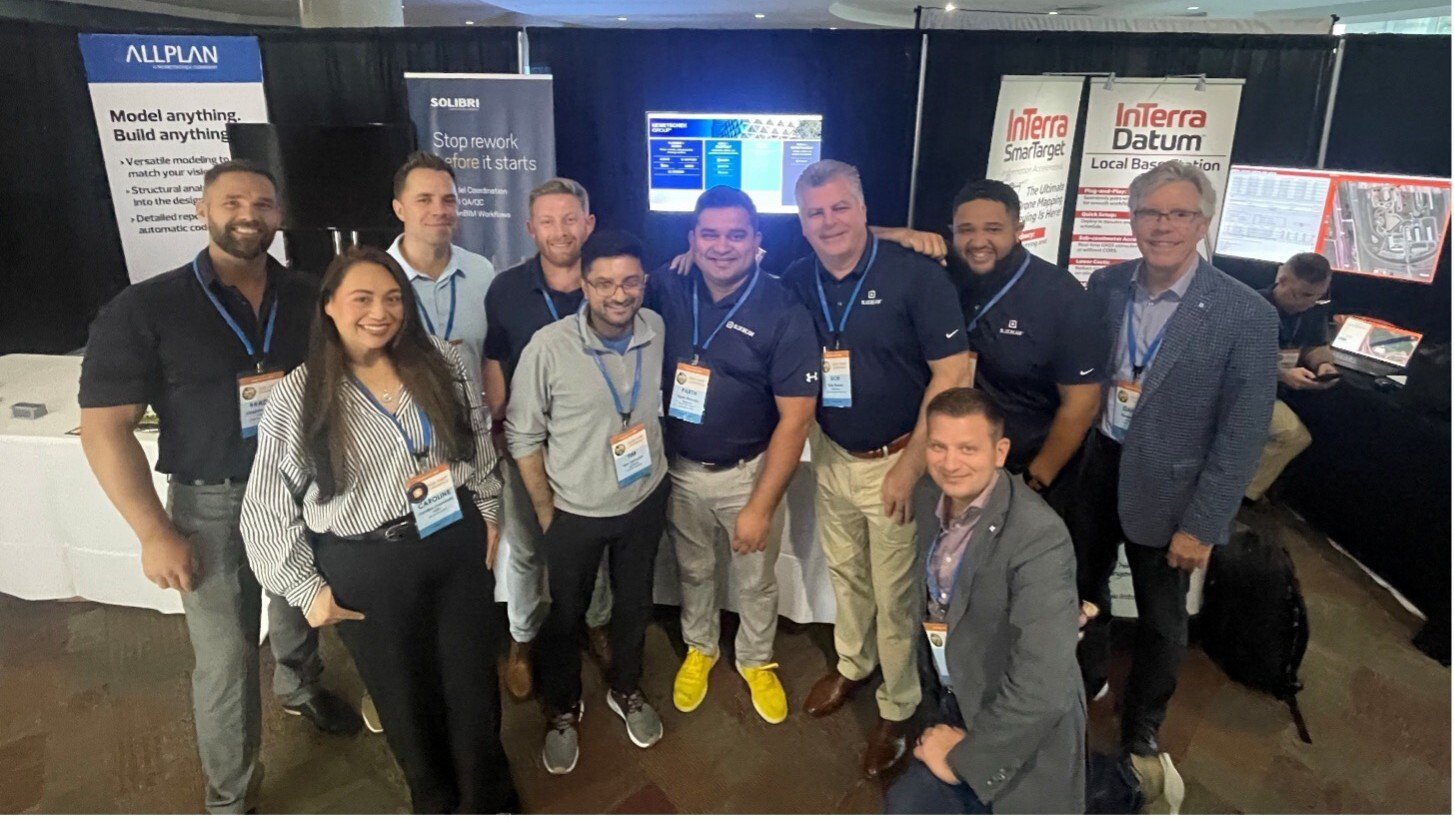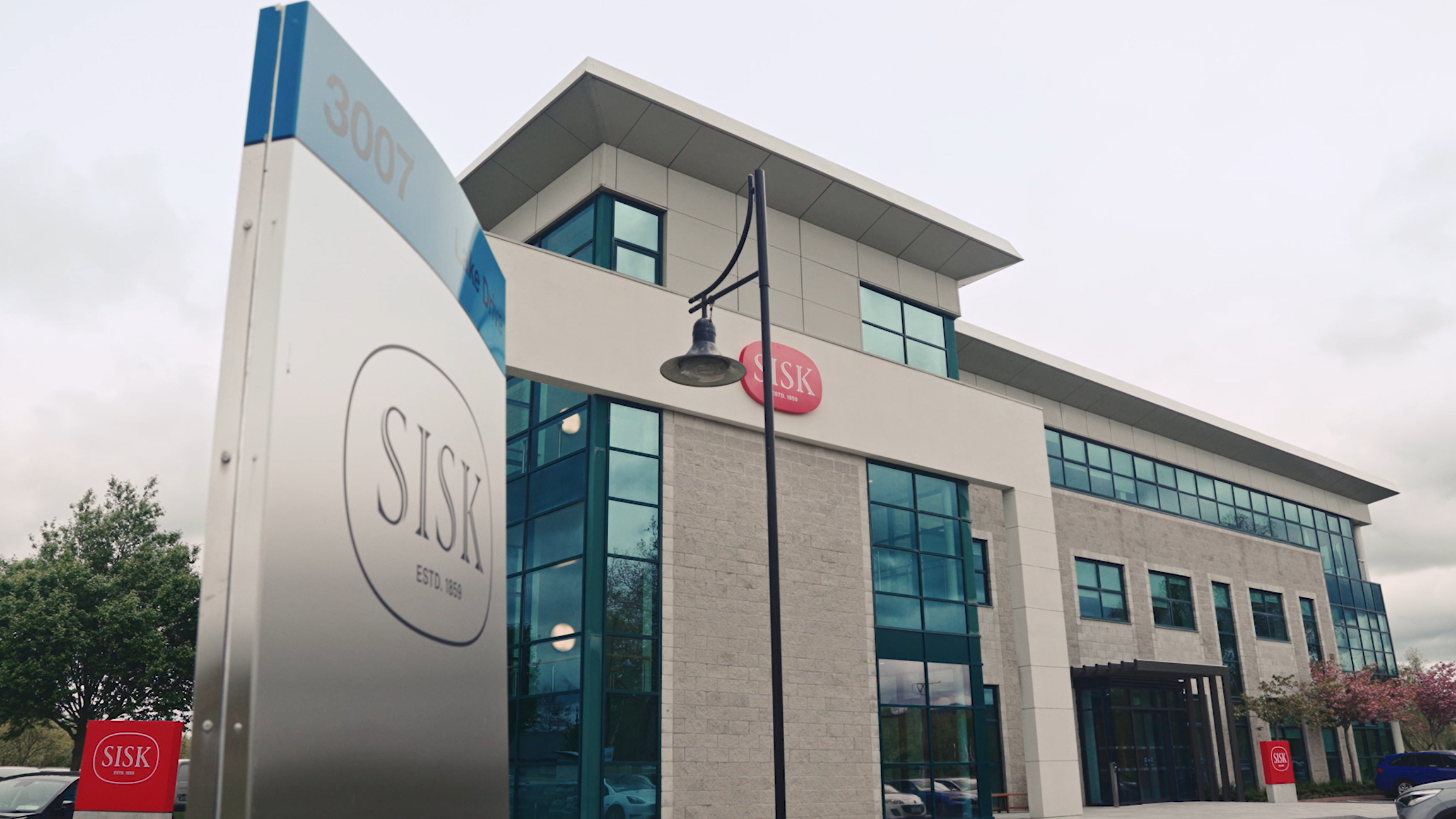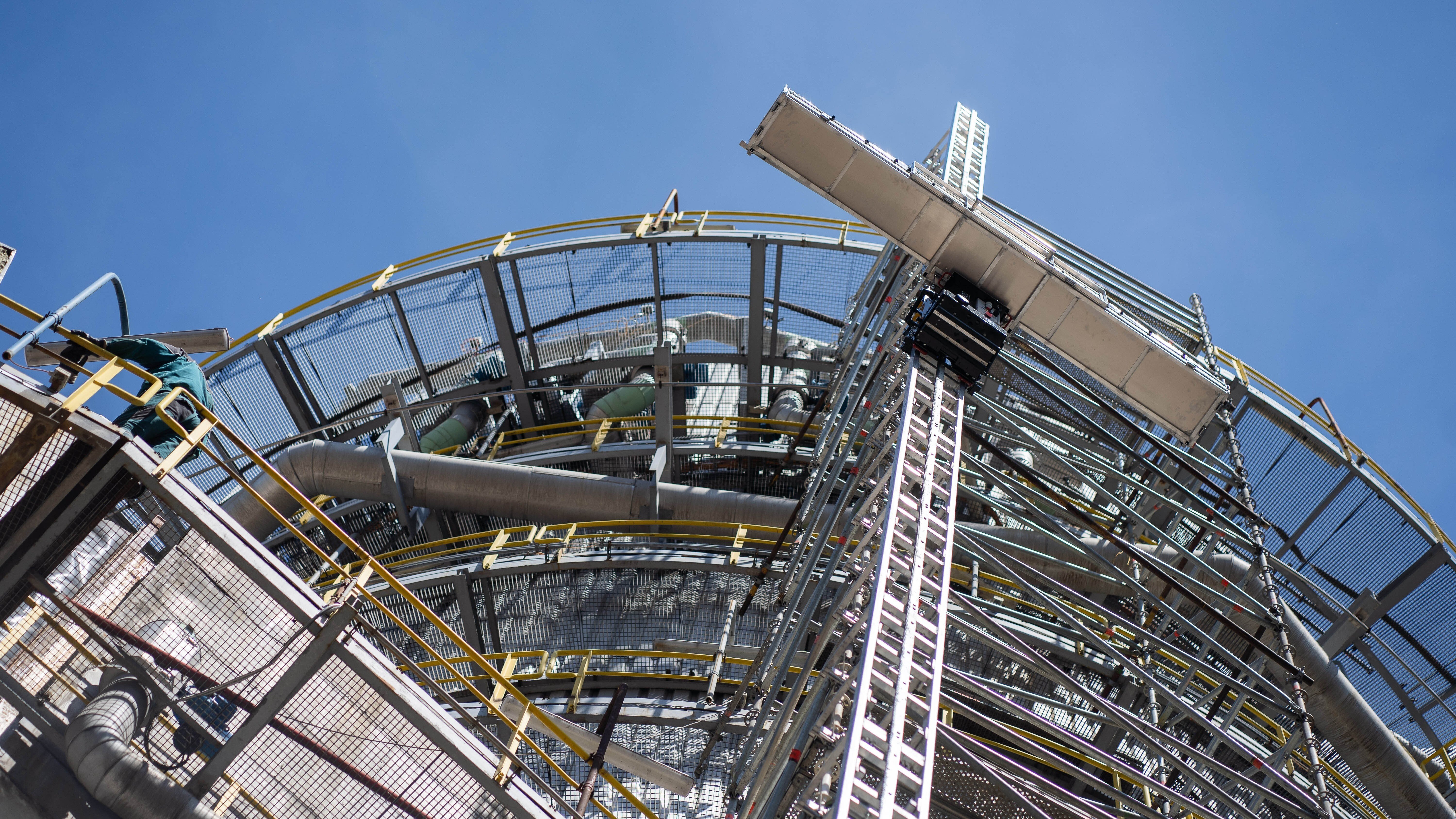Working Hand-in-Hand For a Better Built World: Digitalization and Sustainability
More than half of CO2 emissions in the building process are attributable to the supporting structure. What role does digitalization play in the demand for sustainability?
Author
Nemetschek Group
This article belongs to the collection Sustainability
To the topic pageOn the road to achieving ambitious climate targets, resource efficiency and sustainability will play a major role in shaping the future of construction. Currently, more than half of CO2 emissions in the building process are attributable to the supporting structure. But what role does digitalization play in the demand for greater sustainability? What contribution can the planning phase already make? And why will there be no way around OPEN BIM in the future? Markus Gallenberger, Managing Director of the Nemetschek brands FRILO and SCIA, discusses these issues with Ines Prokop, Managing Director of the German Federal Association of Building Software (BVBS).
Markus Gallenberger: Mrs. Prokop, I am delighted to be discussing this with you today. The construction sector was responsible for circa 40% of CO2 emissions worldwide in 2021. That's quite a lot. What strategies can the industry use to reduce the impact of construction measures on the climate and, indeed, on the environment?
Ines Prokop: Basically, we have to make a complete paradigm shift in order to achieve climate targets. This is an enormous challenge for the construction industry, and we can only meet it with digital methods. On the one hand, we need to handle existing buildings differently or better; in other words, we need to do everything we can to preserve and use the buildings we have already built for as long as possible, because an enormous amount of CO2 is bound up there. With digital methods, we can efficiently record and analyze the existing stock and also evaluate it accordingly in order to make it fit for the next generation, adapting the existing stock to changing usage requirements and loads. On the other hand, we need digital methods to release significantly less CO2 in new construction than we did in the past.
Markus Gallenberger: And that's where software providers like the Nemetschek Group come in. One concrete concept is Building Lifecycle Management; that is, the central recording of all the data of a project. This turns buildings into networked ecosystems that enable seamless and error-free tracking of the complete processes. The result is a digital twin of a building that grows and adapts to each phase of the building's lifecycle and onto which the future can be projected. Digitalization is a major driver here – and offers corresponding added value.
Ines Prokop: That's right. Plus, we can really make sense of the information – the vast amount of data and usable information from the digital twin – later, all the way to the owner for facility management. So, it's not just about volumes of data, but also about information, to use buildings better. As the Federal Association of Building Software, we set ourselves the goal of improving the performance and innovative power of the construction industry through the use of construction software and information technology 30 years ago.
The members of the BVBS create solutions for the entire value chain, and digitalization, for example, has been a key part of the certification process for software for many years. We have seen an enormous increase in quality through certification and we are active in various areas: certification, quality assurance, and standardization. Through these different points, we as BVBS want to contribute to the improvement and faster digitalization of the construction industry.
Markus Gallenberger: However, the entire life cycle of a building must always be considered. The planning phase lays the foundation of the building and from the very beginning – from the first vision of the building – one can address which materials should be used, what needs are necessary, and what should happen to the building. One can include any changes – that is, from an ecological and economic point of view, the planning phase is the basis for everything else.
Ines Prokop: The great thing is that digital methods make it possible to examine what the ideal solutions could be. For example, optimizing the building structure once again, or optimizing the use of materials, even as early as the preliminary planning of the design phase. Digital methods make it possible – especially with regard to climate protection – to carry out a CO2 analysis at a very early design stage, in order to check which material is most useful at which point in order to save resources, or which materials have the lowest CO2 footprint. This was not feasible with manual methods in the past. With model-based planning, on the other hand, this can be achieved at an early stage.
Markus Gallenberger: Efficiency is the biggest opportunity here – and at the same time the biggest challenge, because more and more players have to be involved.
Ines Prokop: This brings us back to the digital twin. After all, the goal is to develop a digital image of the building from the very beginning, step by step. Digital methods, including BIM, enable much more transparency than was previously possible with two or three design drawings and paper plans. The early exchange between, for example, structural planning and design planning is much better and made possible through digital methods than was previously the case – also, because it was not necessary in the past. For a long time, however, it has been recognized that those involved in planning must work closely together at an early stage. This was very cumbersome with paper breaks and PDFs. Where emails used to be sent, there is now a common data environment (CDE) via project platforms that allows all participants to access the models. This enables greater transparency and a better flow of information. Plus, the exchange of information is much better than with two-dimensional PDFs, because it is also much easier to develop and coordinate changes.
Markus Gallenberger: Exactly. In the past, the topic of “drawing” was much more important in structural engineering solutions than it is today. Today, planning must be carried out without data loss and with a high standard of quality. This is exactly where the premise of “more digitalization” is relevant. On the part of the customers, the demand for more digitalization is also increasing due to expanded requirements: increasing time pressures and shorter project durations bring about many changes – and require more approvals. This requires resilient, digital solutions.
Ines Prokop: Let’s take structural engineering as an example again. In a solidly built structure, over 50% of the CO2 emissions are attributable to the supporting structure. More than half of the CO2 emissions that result from the construction process fall on the supporting structure. There is enormous potential for savings there. If the structural design is as optimized as possible, variant studies can be carried out, as indicated earlier, and CO2 emissions reduced as a result. In addition, resources, whether material or monetary, must also be considered. There, software-supported structural design is indispensable to find the optimal solution; to find the golden ratio between material efficiency, the construction process, and sustainability. Take a closer look at 19th-century buildings, for example. Back then, building materials like iron and steel were extremely expensive. Structural engineers knew exactly which materials made the most sense to use for which components. For example, historic roof and ceiling structures from that time are extremely optimized in their use of materials. In recent years, the focus has been only on speed – no longer on efficiency, which has meant that the use of materials has not been optimized.
The current challenges which the construction industry has to face – including material scarcity and high raw material prices, but also the future requirements regarding more sustainability and less waste – can only be solved with more digitalization. It is no longer just a matter of building as quickly as possible, but of thinking about construction differently, in a new way: more digitally, more efficiently, and more sustainably. This is the only way to successfully bridge the gap between the continued existence of the industry and the achievement of climate targets.

